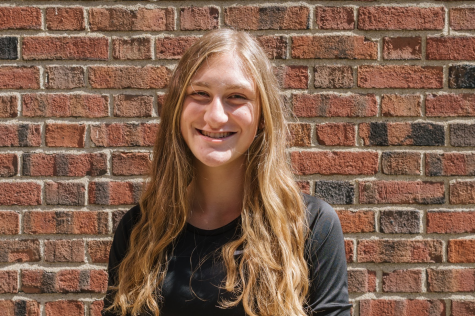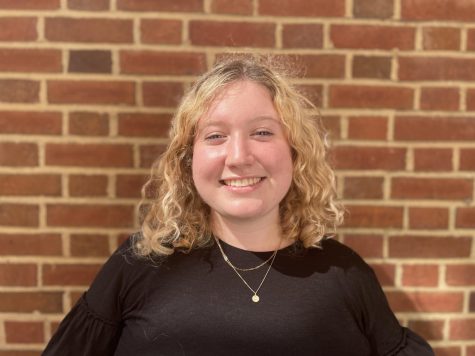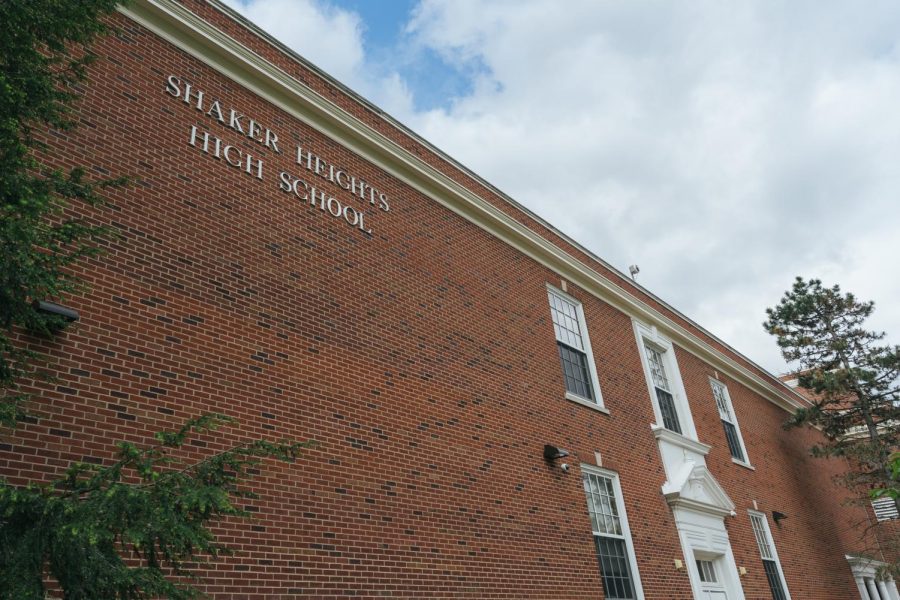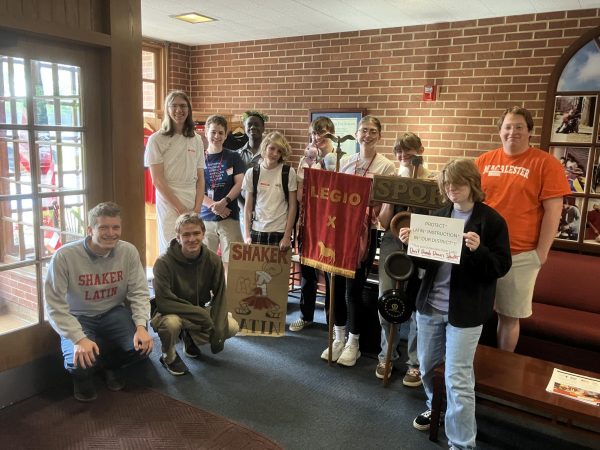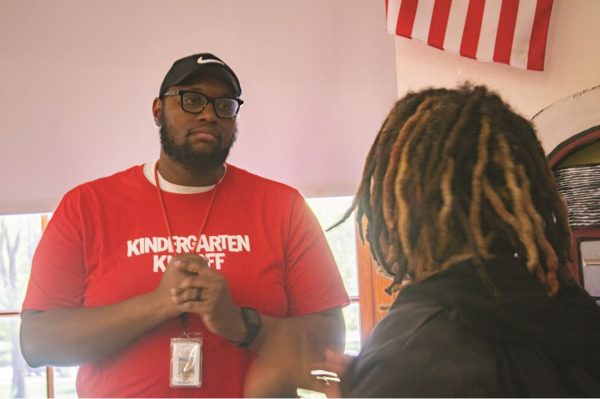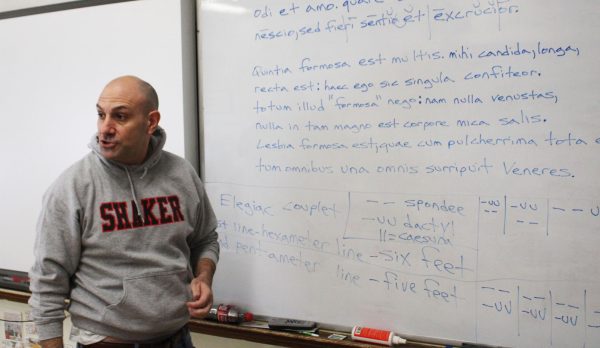Board Hears Possible Plans for the Upcoming School Year
Administrators presented three models of schooling during a special meeting; the decision may come during the first week of July
The Board of Education heard and asked questions about plans for students to return to school for the 2020-21 year Tuesday night at a special meeting.
The Zoom meeting began at 5 p.m. with the goal of reviewing the challenges of returning to a classroom environment during the COVID-19 pandemic. Ohio Gov. Mike DeWine announced March 12 that schools would close beginning March 16 due to the spread of COVID-19 for an extended spring break until April 3. He later extended the closure to May 1 and announced April 20 that schools would remain closed for the rest of the academic year.
To determine how re-entry will happen, Dr. David Glasner, superintendent, convened a Fall Planning Committee comprising seven groups. These groups included Learning and Teaching; Health and Wellness; Social-Emotional/Mental Health; Operations; Parent and Community Engagement; Data, Technology and Shaker Virtual Academy; and Administration Support.
Each group shared its progress during the meeting. Principals also presented possible plans for return to instruction at their buildings.
The Fall Planning Committee Co-Chairs, Onaway Principal Eric Forman and Middle School Principal Miata Hunter, presented a Proposed Hybrid Model Overview for the upcoming school year that includes three models for consideration.
The first model is called a “2-1-2.” This plan would include two days of face-to-face lessons, one day of staff collaboration and building cleaning, and two days of remote learning. Half of the students would attend school on Mondays and Tuesdays and the other half would attend Thursdays and Fridays, leaving Wednesday for school cleaning, teacher discussion or extra help for students.
The second model is called “A/B method.” Students would attend school in person for five days a week, every other week. During the weeks students would not attend school in person, they would receive instruction remotely.
Both the 2-1-2 and A/B models would require dividing the high school student body into groups by graduating class and allowing some students to have additional time in the classroom based on their academic needs.
The last model discussed would be beginning the school year in a traditional, five-day schooling format, which the committee said is continuing to be explored at all levels.
Students and families can also choose Shaker Virtual Academy for schooling next year, meaning students would receive remote instruction instead of classroom instruction. The Board indicated this option might suit families who need predictability in their schedule for childcare, or students who are at a higher risk of contracting the virus or who live with anyone who might be more susceptible to the illness.
BOE President Heather Weingart said the district has been working to determine the best solution for the return to school. During the meeting, she said the district would aim to have a plan in place during the first week of July.
“We understand the urgency with which they want answers and that we are working as fast as we can to get those answers,” Weingart said in an interview. “We understand all of the issues facing our families, and we are working our hardest to resolve things as quickly as we can but also with the best interest of our students in mind, providing them the very best education that Shaker always has.”
High School Principal Eric Juli has also been working to come up with ideas for how to return students to school. “My team and I are focused 1,000 percent on figuring out how to get our school back into in-person land in a safe way that keeps everybody healthy and that gets kids into school,” he said in an interview after the meeting.
“Last night was a great opportunity to share with the school board how much work we have done because it’s a massive amount of work that we have done, and also be clear that there is an equally massive amount of work still to do,” he said.
Weingart is also contacting other districts to discuss their plans for the upcoming year. “On a local front, both Dr. Glasner and I interact with all our local school districts on a regular basis. We were doing that before the pandemic, but now there’s an even greater sense of urgency to it and consistency,” she said.
Juli said, “Every plan, whatever we land in here, is going to involve compromise. We can’t have school exactly how it has been — and how we are all used to and how we want it to be — and still keep people safe and socially distant. But if we are willing to compromise, I think we can have a great year.”
Comment using your Facebook, Yahoo, AOL or Hotmail account
